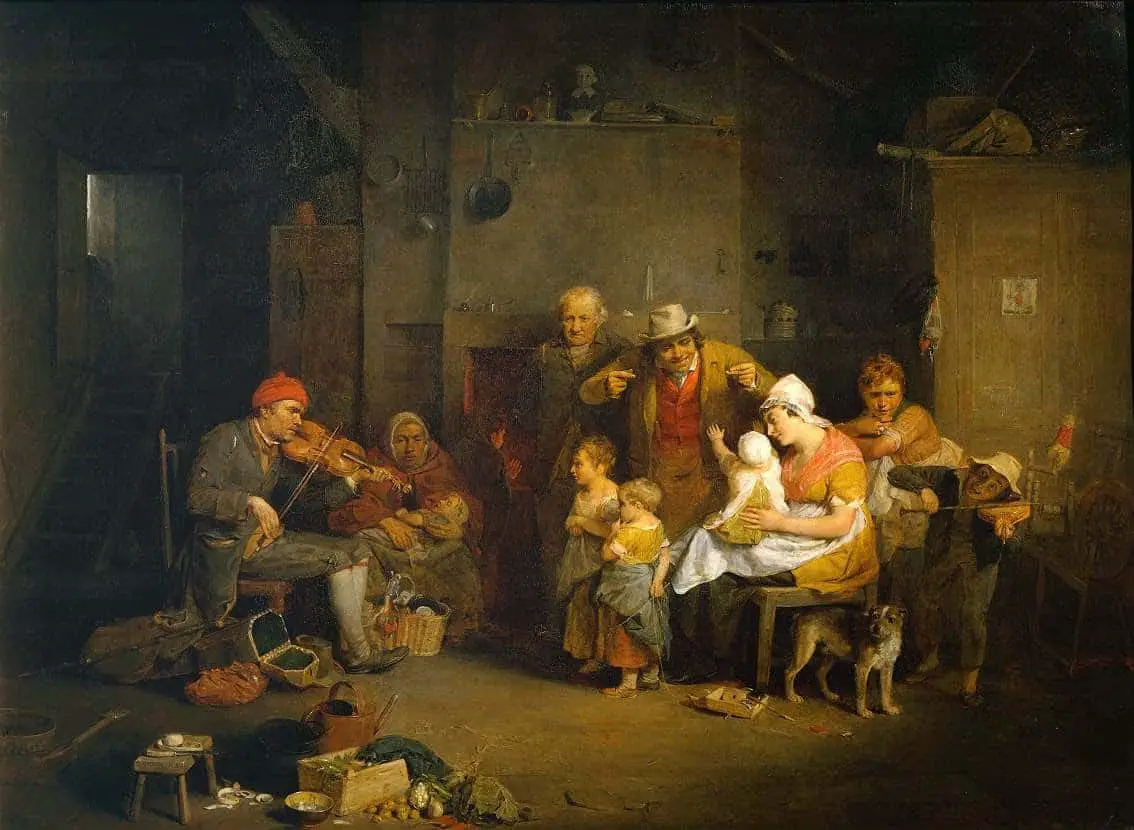In Gaston Bachelard’s Symbolic Dream House, you probably shouldn’t go down to the basement, ever. I mean it. Nothing good ever happens down there. The basement is the house version of a fairytale forest — a descent into the subconscious. We can’t control our subconscious. That’s what makes it scary.
EXAMPLE ONE: BASEMENTS AND BEREAVEMENT
The older woman character in Alice Munro’s “Free Radicals” has recently lost her husband. It’s scary to live alone. The reader is never entirely sure if she really had an intruder, or if she sort of hallucinated him, inspired by a visit from the meter reader, who goes down to that dreaded basement.
First she must deal with her dead husband’s things. That’s when the reader is introduced to the basement. Or, shall we say, ‘cellar’. (Cellar sounds way less scary.)
“It was the best place to be, thought Wilbur, this warm delicious cellar, with the garrulous geese, the changing seasons, the heat of the sun, the passage of swallows, the nearness of rats, the sameness of sheep, the love of spiders, the smell of manure, and the glory of everything.”
E.B. White, Charlotte’s Web
This is also the bit where Munro introduces the fuse switches —a soft Chekov’s Gun. (Munro is generally expert at depicting places in a realistic way.) I mean, this is what a real cellar looks like, right? Important: Detail is multivalent in Munro’s fiction — it works at both literal and symbolic levels.)
She would deal with the cellar first. It really was a cellar, not a basement. Planks made walkways over the dirt floor, and the small high windows were hung with dirty cobwebs. There was nothing down there that she ever needed. Just Rich’s half-filled paint tins, boards of various lengths, tools that were either usable or ready to be discarded. She had opened the door and gone down the steps just once since Rich had died, to see that no lights had been left on, and to assure herself that the fuse switches were there, with labels written beside them to tell her which controlled what. When she came up, she had bolted the door as usual, on the kitchen side. Rich used to laugh about that habit of hers, asking what she thought might get in, through the stone walls and elf-size windows, to menace them.
Alice Munro, “Free Radicals“
EXAMPLE TWO: BASEMENT AS COSY PRISON
Another example from Alice Munro.
Basements are not always scary, spooky places, especially in a city like Vancouver, where a basement may simply be another ordinary level of a house, set up accordingly. In “Cortes Island“, the newly married 1950s bride feels both cocooned and stifled by her marital home. Here we have the cosy description:
There were two and a half rooms in our apartment. It was rented furnished, and in the way of such places it was half furnished, with things that would otherwise have been thrown away. I remember the floor of the living room, which was covered with leftover squares and rectangles of linoleum—all the different colors and patterns fitted together and stitched like a crazy quilt with strips of metal. And the gas stove in the kitchen, which was fed with quarters. Our bed was in an alcove off the kitchen—it fitted into the alcove so snugly that you had to climb into bed from the bottom. Chess had read that this was the way the harem girls had to enter the bed of the sultan, first adoring his feet, then crawling upward paying homage to his other parts. So we sometimes played this game.
Alice Munro, “Cortes Island“
When the couple move out into a third floor apartment, the narrator has got herself a job and become less of a shadowy, peripheral figure in the world. She has been relegated to ‘married woman’ status — newly invisible. She is inclined to retreat further into her comfortable, introverted state.
This means leaving the cosy comfort — but also the prison — of her basement.
MORE ON BASEMENTS AND CELLARS
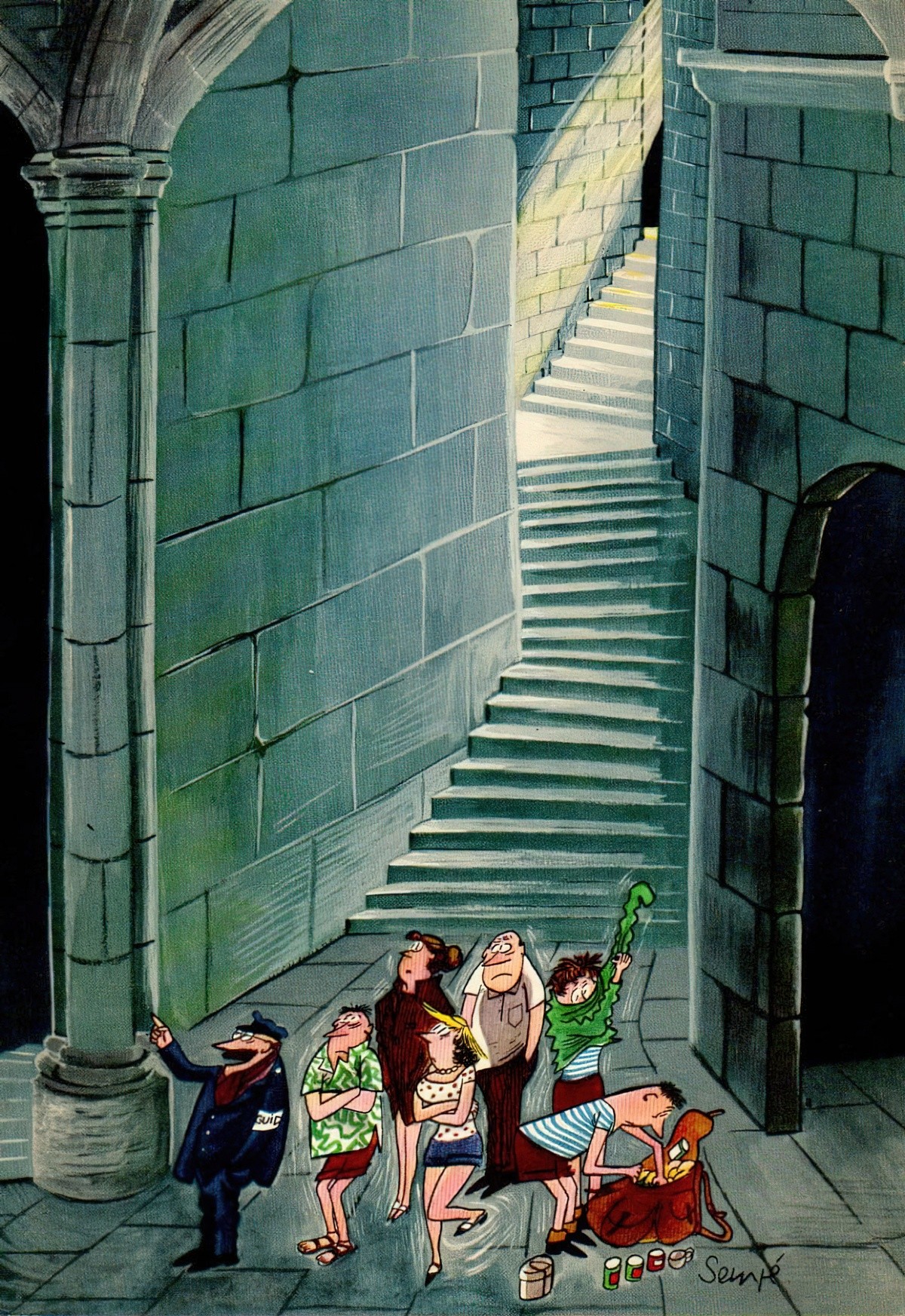
Attics aren’t much safer than basements, to be fair. Atriums are different again.
Basements are secret places — what we do down there is often against the rules. In Adventureland, teenagers have sex in their parents’ basements rather than in their own bedrooms. In the popular imagination, young adults remain in their parents’ basements if they fail to launch into the responsible world of adulthood.
You might try writing a scary basement scene using the movie adaptation of Stephen King’s IT as inspiration. Notice how the camera moves as if it’s a fish in the ocean, about to gobble you up. Stephen King as well as the filmmakers fully get that symbolic association between City and Ocean, underscored by the dialogue “You’ll float too!”
How to recreate this ominous floating on the page? Well, it’s all in your choice of detail. Try starting with a wide-angle description, zooming in, lowering your ‘camera’ by describing feet and stairs… and so on.
A Quiet Place is another film in which a basement fills with water. (Ridiculously quickly, but acceptable within the world of the film.)
Stephen King loves his basements. In Carrie, Mrs White is destroyed while taking refuge in the basement.
Basements are pretty much mandatory in gothic children’s horror, and have made me wish many times we had basements here in Australia. Lemony Snicket and Courage the Cowardly Dog stories make heavy symbolic use of basements. Mercy Watson’s family has a basement, and those are cosy picture books, with just a hint of danger.
But in funny children’s stories, the basement can be a carnivalesque setting. Jeff Kinney’s Greg has a basement. That’s where sleepovers happen, among other hijinx. The basement of an office block is used to similar effect in The I.T. Crowd.
Silence of the Lambs turns the ground level of a house into something way more reminiscent of a basement, then we realise there’s a deeper layer — a deep hole, where the baddie keeps his skin prisoners. All of this is highly symbolic, of course: This guy lives among us (at ground level) but has hidden, evil depths in his twisted psychology.
As far as fairytale basements go, Bluebeard depicts your archetypal horror basement.
The Utopian Basement
In Arcadia, the basement is a storehouse, full of things you may need in times of famine.
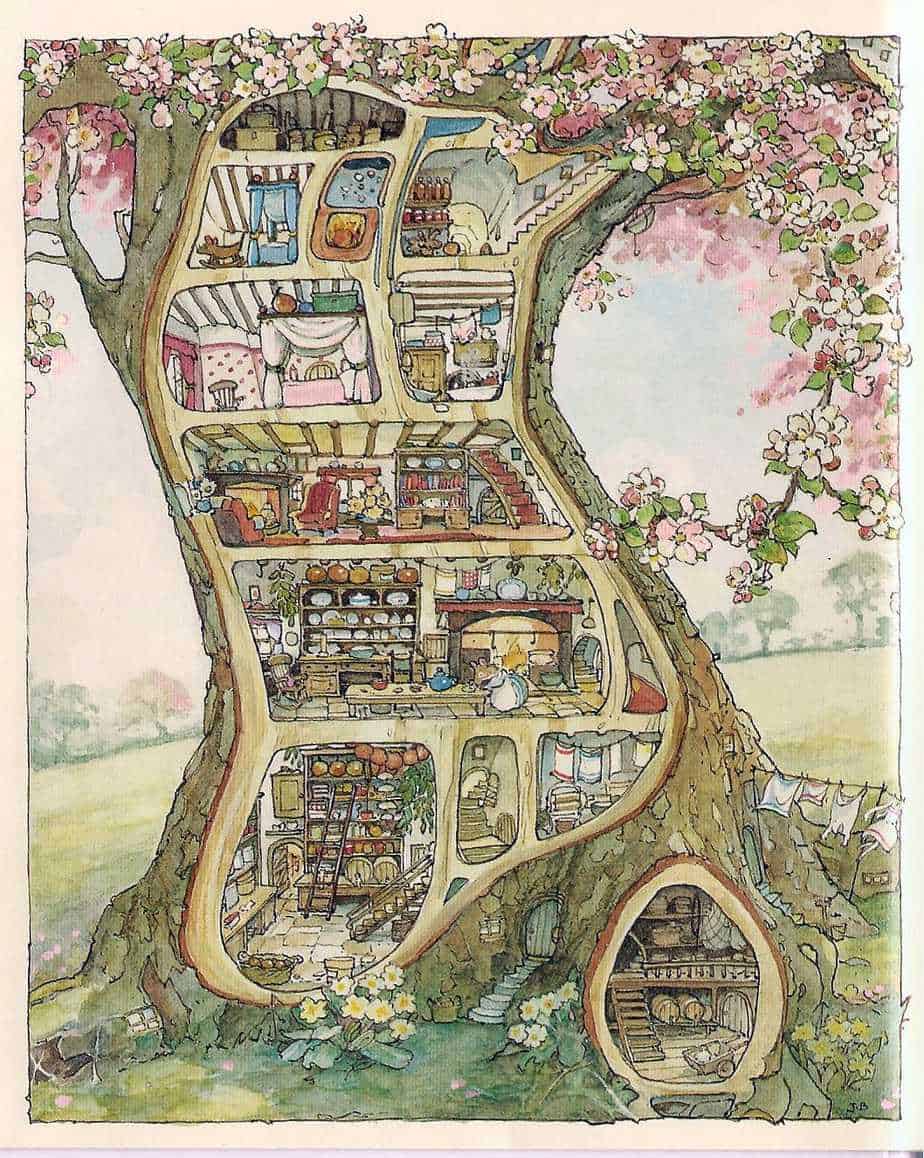
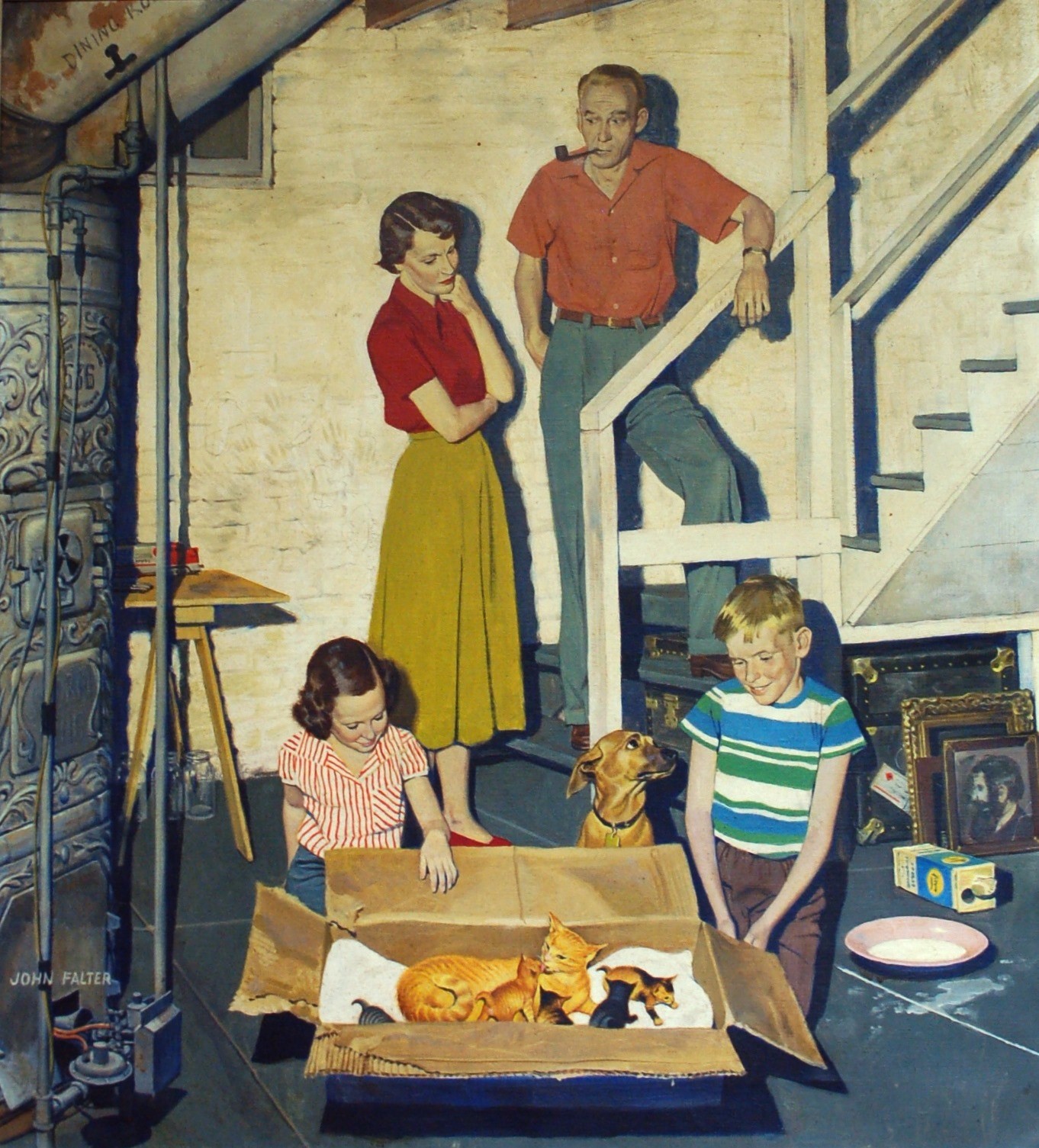
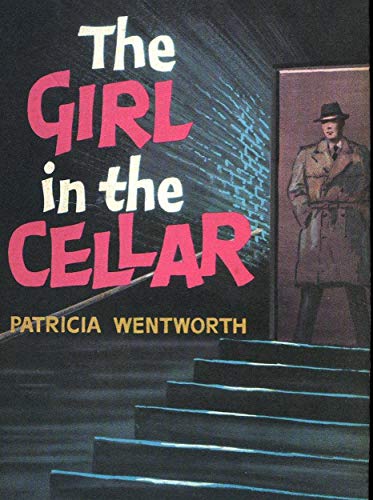
A witness who remembers nothing is in mortal danger.
A young woman regains consciousness and finds herself on some cellar steps. At the bottom of the steps there is the corpse of a dead girl. She cannot remember who she is, what has happened or why she is there. Terrified and confused she manages to find a way out and as she flees she runs into Miss Silver, who offers to help her.
A letter in her bag is the only clue to her identity. But by investigating what has happened to her will she find herself in danger? Can she trust the letter writer? And who is the girl in the cellar?
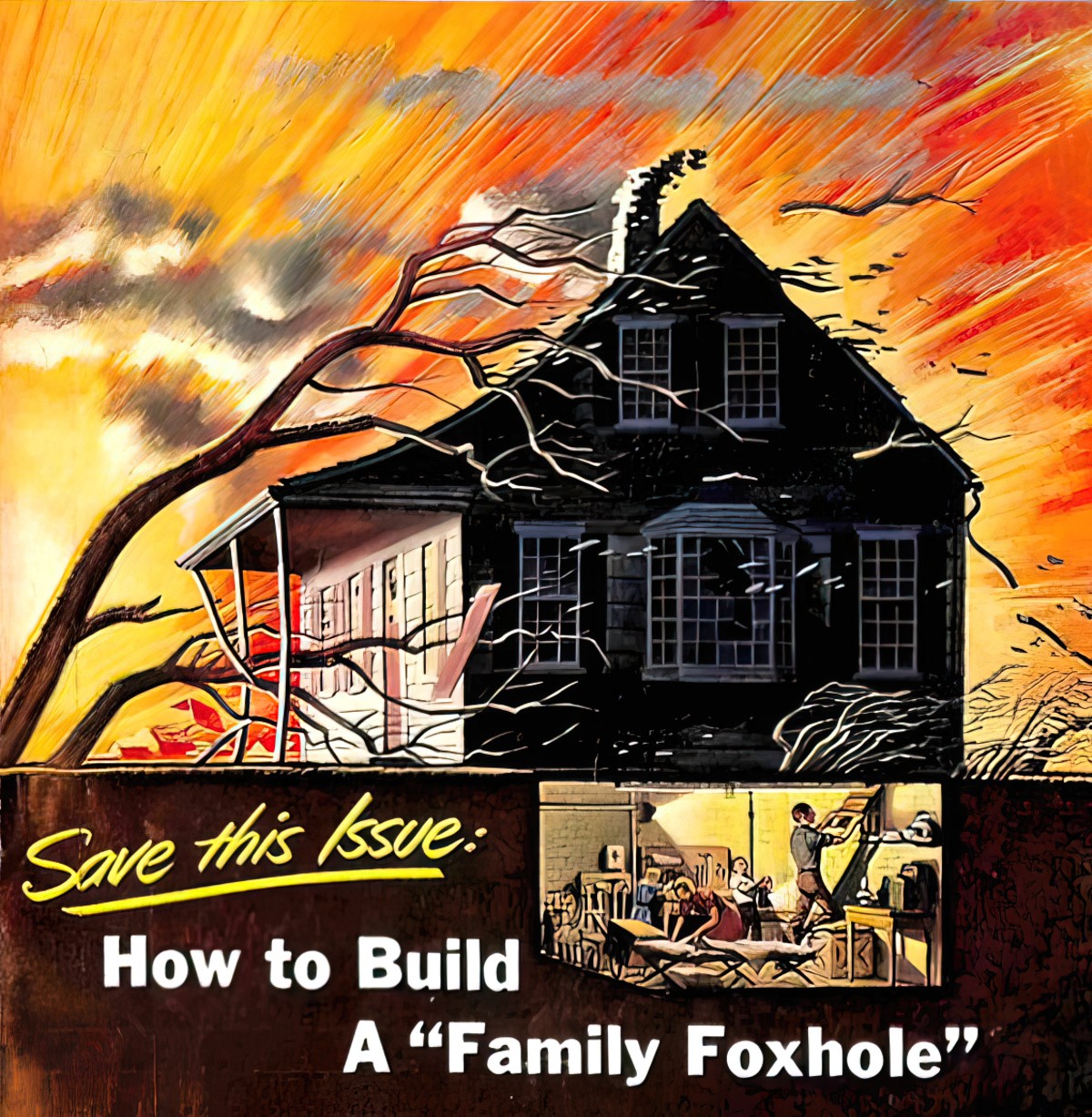
Header image The Blind Fiddler 1806 Sir David Wilkie 1785-1841 Presented by Sir George Beaumont Bt 1826
